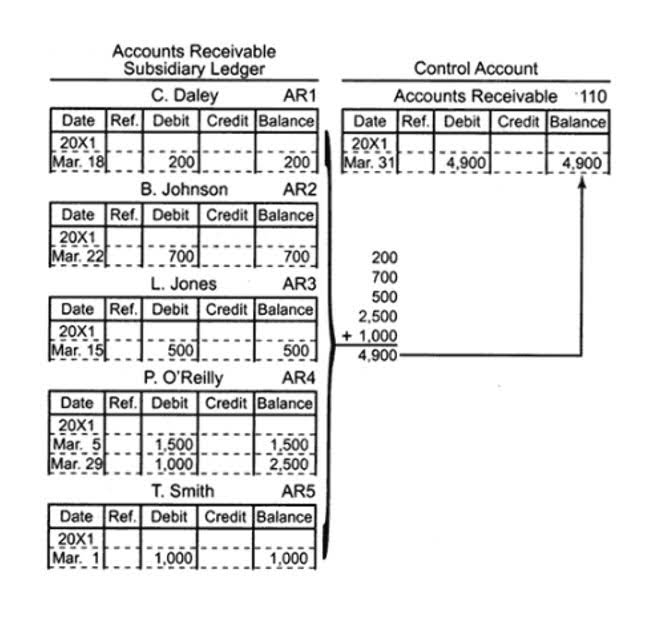Fact Sheet #56A: Overview of the Regular Rate of Pay Under the Fair Labor Standards Act FLSA U S. Department of Labor

To understand which employees are entitled to overtime pay, business owners must determine whether they’re categorized as exempt or nonexempt employees. The FLSA outlines how employers should classify employees; failure to correctly classify employees can result in costly penalties that can retroactively apply as far back as the employee’s hire date. The overtime pay formula is the employee’s regular pay rate times 1.5 times the number of overtime hours. For example, for an employee with a regular pay rate of $25 an hour, their overtime pay rate is $37.50 an hour ($25 x 1.5). For the most part, you only have to gross vs net pay overtime for nonexempt employees, who are typically hourly workers who earn at least the minimum wage. The general rule under the FLSA is that overtime compensation earned in a particular workweek must be paid on the regular payday for the period in which such workweek ends.
For federal agencies

Similarly, payments for unused paid leave (also known as paid leave buy-backs) or payments when the employee works instead of taking leave or a paid holiday, are not required to be included in the regular rate. In the case where an employee reports to work on the holiday and is paid for hours worked plus the holiday payment, the holiday payment is excludable from the regular rate, because it is not considered a payment for hours worked. The pay must be approximately equivalent to the employee’s normal earnings for the period of time that is being “bought back.” Such payment may be made during the same period when the employee forgoes leave or during a subsequent pay period as a lump sum. Covered, nonexempt employeesmust be paid overtime pay at no less than one and one-half times the employee�s regular rate ofpay for hours worked in excess of 40 in a workweek.

Avoid common overtime mistakes employers make

It’s calculated by dividing the total pay for employment in any workweek (except statutory exclusions) by the total number of hours actually worked. Such payments may be credited towards overtime compensation due under the FLSA. The regular rate of pay is based upon actual facts and cannot be circumvented by an agreement.
- To calculate overtime for a salaried employee, you must take the annual hours worked, 2,080 hours, and divide the income by it to get an hourly rate.
- The regular rate is the hourly rate actually paid the employee for the normal, non-overtime workweek for which the employee is employed.
- The most common exemptions are for executive, administrative, and professional roles.
- Because the salary compensates straight time for all hours, including overtime hours, only one-half times the regular rate for hours worked beyond 40 in the workweek must be added to the salary as overtime pay.
- That the commission is paid on a basis other than weekly and that payment is delayed for a time past the employee’s normal payday or pay period do not excuse the employer from including this payment in the employee’s regular rate.
Building Better Businesses
- Strong overtime protections help build America’s middle class and ensure that workers are not overworked and underpaid.
- The FLSA contains a number of exemptions from its minimum wage and/or overtime pay requirements.
- Principal activities include all duties, tasks or actions that are an integral part of the employee’s job.
- This exemption covers individuals whose primary duties involve intellectually or creatively focused work that necessitates discretion and independent judgment.
- Employers with hourly wage earners need to know how to calculate overtime to ensure that they are paying employees the right amount and complying with the FLSA.
The proliferation of how much is overtime pay artificial intelligence in the workplace, and the ensuing expected increase in productivity and efficiency, could help usher in the four-day workweek, some experts predict. HR must always include human intelligence and oversight of AI in decision-making in hiring and firing, a legal expert said at SHRM24. She added that HR can ensure compliance by meeting the strictest AI standards, which will be in Colorado’s upcoming AI law. The courts have not fully clarified what activities are “closely related” and “indispensable” for purposes of this rule.


The FLSA, with some exceptions, requires bonus payments to be included as part of an employee’s regular rate of pay in computing overtime. The most common exemptions are for executive, administrative, and professional roles. Employees in these capacities generally qualify if their work meets detailed requirements and they earn at least twice the state minimum wage for full-time employment https://www.bookstime.com/ (40 hours). For employees with rates of basic pay equal to or less than the rate of basic pay for GS-10, step 1, the overtime hourly rate is the employee’s hourly rate of basic pay multiplied by 1.5.
The technology used in calculating overtime may be as simple as the technology available when the FLSA was enacted in 1938—paper and pencil. However, the technology may also include a time clock or keeping time records by recording log-in and log-off times of employees on their computers. Similarly, computerized time records for building entry and departure may be pertinent when disputes about hours actually worked arise. Technology can be very useful—for both sides—in the event of disputes over overtime earnings.
Share this post on:




